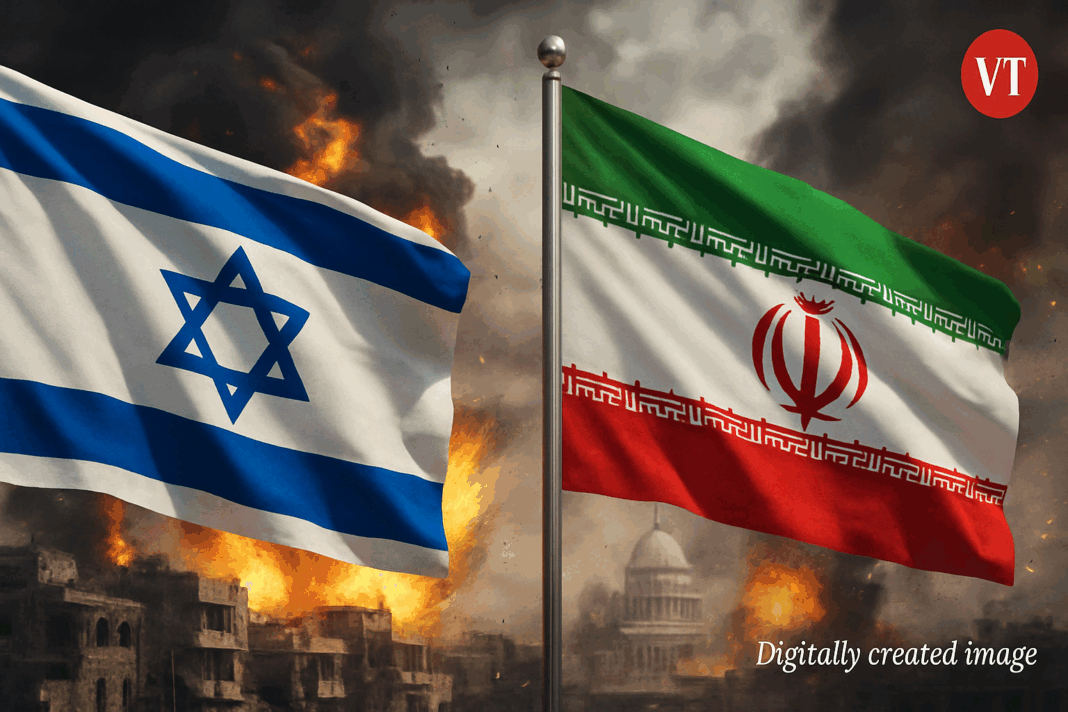Why it matters
Israel’s targeted killings of high-ranking Iranian commanders mark a new phase in the Israel-Iran war, escalating tensions and drawing international scrutiny. The deaths of Behnam Shahriyari and Saeed Izadi are seen as major blows to Iran’s military strategy and proxy network across the region.
Driving the news
- Behnam Shahriyari, commander of the Quds Force’s Weapons Transfer Unit, was killed in western Iran. He managed weapons and financial pipelines to Iran-backed terrorist groups across the Middle East. His elimination, more than 1,000 km from Israel, is described as a “severe blow” to Iran’s proxy structure.
Source: IDF on X - Saeed Izadi, commander of the Palestine Corps and key coordinator with Hamas, was eliminated in a separate IDF airstrike near Qom. He is considered a chief architect of the October 7 massacre and oversaw financial and military coordination between Iran and Hamas.
Source: IDF on X
Catch up quick
- The IDF claimed that it intercepted around 40 drones overnight, bringing the total intercepted UAVs to over 470 with a 99% success rate.
- Airstrikes were launched on a drone launcher in Isfahan and a military installation in Shiraz, according to Israeli and Iranian sources.
- The Iranian Health Ministry claims Israeli attacks have killed more than 400 people and injured over 3,000, including many children.
What they’re saying
Iranian Foreign Minister Abbas Araghchi warned:
Source: Tasnim News
“It would be very dangerous for everybody if the United States joins Israel’s aggression. Our nuclear program remains peaceful, but Israeli strikes must stop before diplomacy can resume.”
President Donald Trump dismissed his own intelligence chief Tulsi Gabbard’s assertion that Iran is not building a nuclear weapon, calling her “wrong.”
The big picture
Israel’s campaign against Iran’s military infrastructure continues to escalate. With confirmed deaths of senior IRGC figures and attacks deep inside Iranian territory, the conflict shows no signs of de-escalation. Civilians, including women and children, have become casualties as strikes expand beyond military zones.
What to watch
The International Atomic Energy Agency (IAEA) has raised concerns about potential radiological and chemical contamination following attacks on the Natanz nuclear facility. While no abnormal radioactivity has been reported outside the site, the situation remains volatile.

